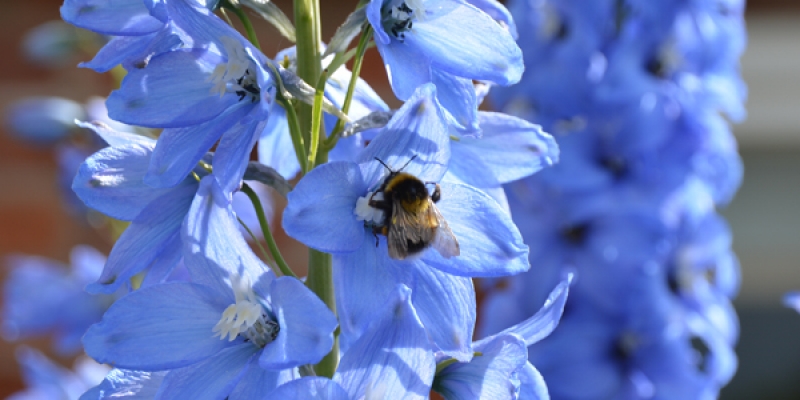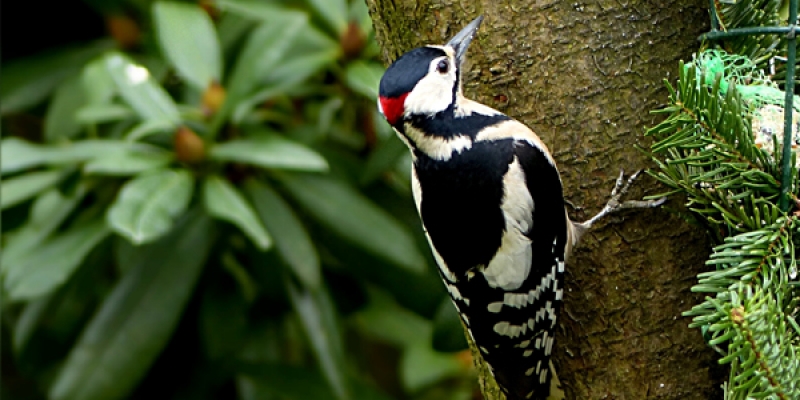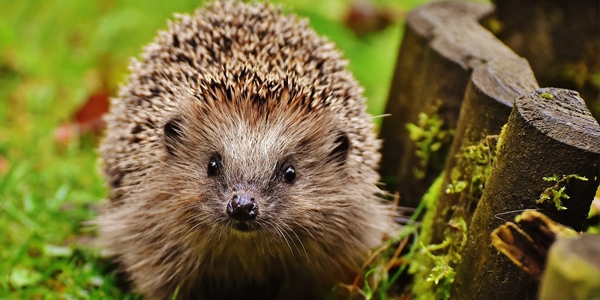Our bumblebees are mainly under threat because of changes to the countryside in the UK. Changes in agricultural techniques have meant that there are far fewer wildflowers in the landscape than there used to be, meaning that many of our bumblebee species are struggling to survive. The dramatic decline in populations of most species, and the extinction of two species in the UK, illustrate that something needs to be done.
How we can help
We can ensure that the flowers, plants and hedgerows in and around our gardens are bee-friendly. This means choosing flowers that are rich in pollen and nectar which bees can easily access from spring until late summer. This will ensure that there is a good supply of pollen at all of the crucial times
- When the queens are establishing nests;
- When nests are growing;
- When nests are producing new queens and males;
- When queens are fattening up ready for hibernation.
The greater the number of suitable flowering plants in your garden the better but you should aim for at least two kinds of bee-friendly plant for each flowering period. You will find all sorts of exotic things in garden centres and catalogues which bees will enjoy.
What to avoid
Some species have a habit of escaping from gardens and invading wild habitats nearby, for example, Rhododendron ponticum and Himalayan balsam. These are probably best avoided. Certain plants have flower shapes that bumblebees cannot use. For example, some flowers have petals that form long tunnels which are too long or narrow for the bees to feed from. Similarly, flowers with multiple tightly packed heads offer bees very little accessible food. Other flowers may not be suitable because they produce little or no pollen and nectar, often as a result of selective breeding by horticulturalists for their pleasing appearance. Plants like pansies and double begonias offer little for bumblebees and other pollinators. Plantlife offers useful guidance.
You should avoid using any pesticides in your garden. They are often labelled as 'bug killers', but almost all of these can harm bumblebees. Some pests can be controlled by planting certain other plants nearby. This is known as companion planting; creating plant communities for mutual benefit is an old gardening tradition. However, companion planting isn't just about pest control. By combining plants carefully, plants can help each other in terms of providing nutrients in the soil, offering protection from wind or sun and also, by attracting beneficial pests or acting as a decoy for harmful ones. Discover more on the BBC website here.
We have an abundance of birds here on the Bostock Estate from woodland and song birds, game birds and wild fowl, to our visiting grey heron who keeps a watchful eye over the lakes.
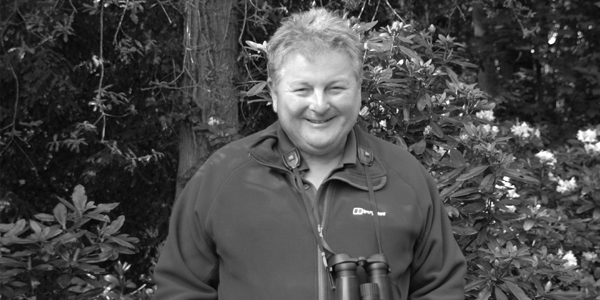
Our resident birder, Paul Freeman, has written an article which tells more about the antics of our feathered friends, and he is always delighted to take an early morning walk around the Estate with anyone who would like to discover more about our fellow residents.
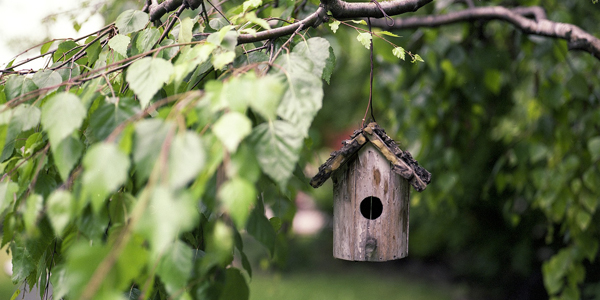
Feeding Our Birds
The following is RSPB guidance on how to take care of the birds in our gardens all year round.
In winter, supplementary food is often the only option for birds as natural food sources like berries get buried under snow and ice and insects are few and far between. In summer birds will still be grateful for extra treats, as many are busy raising their young. The RSPB recommends little and often, and says that birds probably won’t eat quite as much as during the colder months.
Peanuts
Peanuts are suitable for birds, but should be fed with caution at some times of year. They are often difficult for young birds to digest because of the size, so the RSPB suggests alternative food like sunflower hearts and live food during the breeding season, or crushing them into smaller pieces. Peanuts can be high in a natural toxin, which can kill birds, so buy from a reputable dealer to guarantee freedom from aflatoxin. Peanuts are rich in fat and are popular with tits, greenfinches, house sparrows, nuthatches, great spotted woodpeckers and siskins. Salt is toxic to birds so salted peanuts are completely unsuitable.
Bread and Milk
Bread and milk should not be fed to birds and hedgehogs. Many animals are intolerant of the lactose in milk which can lead to diarrhoea, dehydration and death. It is also bad for hedgehog’s teeth. Milk is iron deficient so in excess can cause dietary imbalance. In drought conditions animals may drink milk rather than water, to their detriment. It is bad for garden hygiene and the spread of disease as it will readily curdle if left for any length of time. While bread won’t do birds any harm, it doesn’t offer any nutritional value either and acts as a ‘filler.’ Crumbled up cake or plain biscuits would be more suitable and porridge oats are popular with many birds too.
Fruit
Fruit is an excellent supplementary food for many birds, particularly slightly soft apples and pears and soaked fruits. Rotten fruit isn’t as suitable – birds don’t like food that’s past its best anymore than we do!
Live Mealworms
Live mealworms are readily available and are a great source of food for birds like robins, blackbirds and tits. Many people believe that they need to be chopped up and shouldn’t be fed live, but this is incorrect. Val Osborne, Head of Wildlife Enquiries at the RSPB says:
“In the summer months we get so many calls from people wanting to know what the ‘rules’ are on bird feeding. In short, it’s no different to any other time of year and birds will appreciate our help. They probably won’t take the huge amounts of extra food that they do in winter, as there is a lot more natural food around. But instead, during the breeding season especially, they need to find even more food for their chicks so just bear that in mind and break things into smaller pieces, or use suitable feeders where necessary.”
Discover more on the RSPB website here
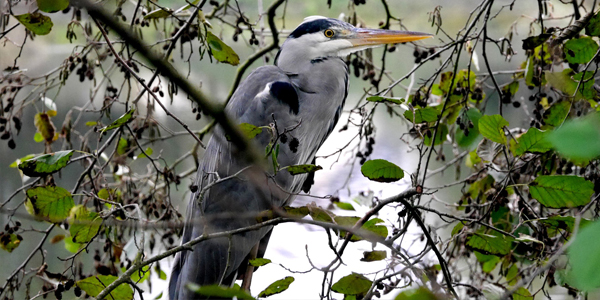
Hedgehogs are in trouble! We’ve lost a third of all our hedgehogs in the UK over the last ten years, which is alarming as they play a vital part in our ecosystem. There are many ways in which we can help.
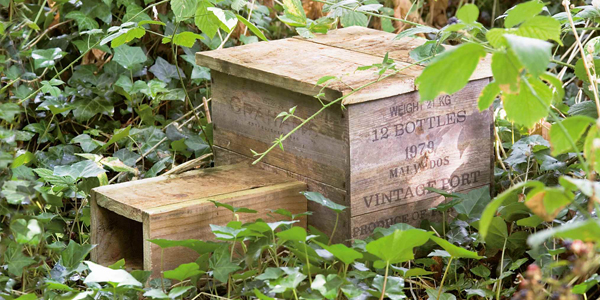
Build A Hedgehog House
Hedgehogs need somewhere to hibernate in winter, so here's your chance to provide them with a cosy home. There are plenty to buy on the market, Hedgehog Home has all different varieties, but the Gardeners' World wooden hedgehog house takes just two hours to make out of recycled wooden crates and should entice them away from bonfire stacks and ensure they stay in your garden ready to feast on slugs and snails in the spring. More here
Link Your Garden
Ensuring hedgehogs can pass freely through your garden is the most important thing you can do to help them. Hedgehogs travel around one mile every night through our parks and gardens in their quest to find enough food and a mate. If you have an enclosed garden you might be getting in the way of their plans. One of the main reasons why hedgehogs are declining in Britain is because our fences and walls are becoming more and more secure, reducing the amount of land available to them.
We can make their life a little easier by removing the barriers within our control – for example, by making holes in or under our garden fences and walls for them to pass through. DIY ‘Hedgehog Highways’ 13cm by 13cm is sufficient for any hedgehog to pass through. This will be too small for nearly all pets.
Help the Hedgehog Campaign
Register here to help the charity Hedgehog Street. There is plenty of free, downloadable stuff including fact sheets, posters, action cards and invites to help you encourage people in your local area to be as hedgehog-friendly as you. Remember, hedgehogs cannot survive in isolated gardens but need neighbourhoods of connected land.

